Marijuana comes in many forms. If you enjoy consuming weed, you probably know that smoking is no longer the only (or most effective) way to get high on tetrahydrocannabinol (THC).
One of the increasingly popular ways to blow off steam with THC is to make your own THC oil. THC oil is the product of extracting the substance from the cannabis plant. This oil is a concentrate of THC and is therefore much more potent than smoking dried flowers.
There are a few different successful methods of making THC oil and through this guide you will learn what these methods are, the different uses of THC oil and how the process of using decarboxylation affects the results.
What Are Cannabis Oils?
Cannabis oils such as THC or CBD are concentrates extracted from the real cannabis flower. After it is removed, it undergoes a treatment that results in a concentrated form.
Concentrated cannabis is much more potent than smoking or even adding the plant to food. There are different types of cannabis oil, and each one is as unique as the next.
Most cannabis oils from online pharmacies go through a process called “chemical extraction.” Chemical extraction is a method in which a chemical solvent extracts cannabinoids and other beneficial compounds such as terpenes and flavonoids from cannabis. From there, the compounds adhere to media such as hemp oil or MCT oil.
The levels of THC in marijuana oil vary depending on the parent of the plant. This variation is difficult to predict unless you have previously won from this plant. The THC content in marijuana will be higher than that in hemp. Average marijuana oil contains between 40-80% THC. When marijuana is in this form, it can be four times stronger than even the strongest strains of marijuana, which typically only reach concentrations above 20% THC.
Use Of Cannabis Oil
Many users smoke or vaporize THC oil. Smoking and vaping are the most common methods, as the effects are usually immediate or noticeably faster than other methods. Smoking involves burning the dried plant, while vaping vaporizes the cannabinoids in THC oils and then inhales the vapor.
Both the smoking method and the evaporation method offer the fastest absorption rate. Unfortunately, it does not last long as the side effects disappear faster than with other methods. In the past, smoking was the preferred method of consuming marijuana, but like everything, times and techniques change too. Evaporated THC oil has been gaining popularity in recent years and is on the rise to this day. According to the National Institute for Drug Abuse for Teens, teens are the most common vape.
THC oil is a concentrate, meaning it is nearly four times stronger than regular marijuana. The main difference is that THC oil has a concentration of 90% compared to the THC plant which offers a concentration of about 23%. For this reason, it can affect the way consumers build their tolerance. Tolerance can be dangerous because the more tolerant you become, the more you have to consume to achieve the same effect. Since the oil has a higher concentration, it can pose risks in terms of psychological dependence. Remember: start low and go slow!
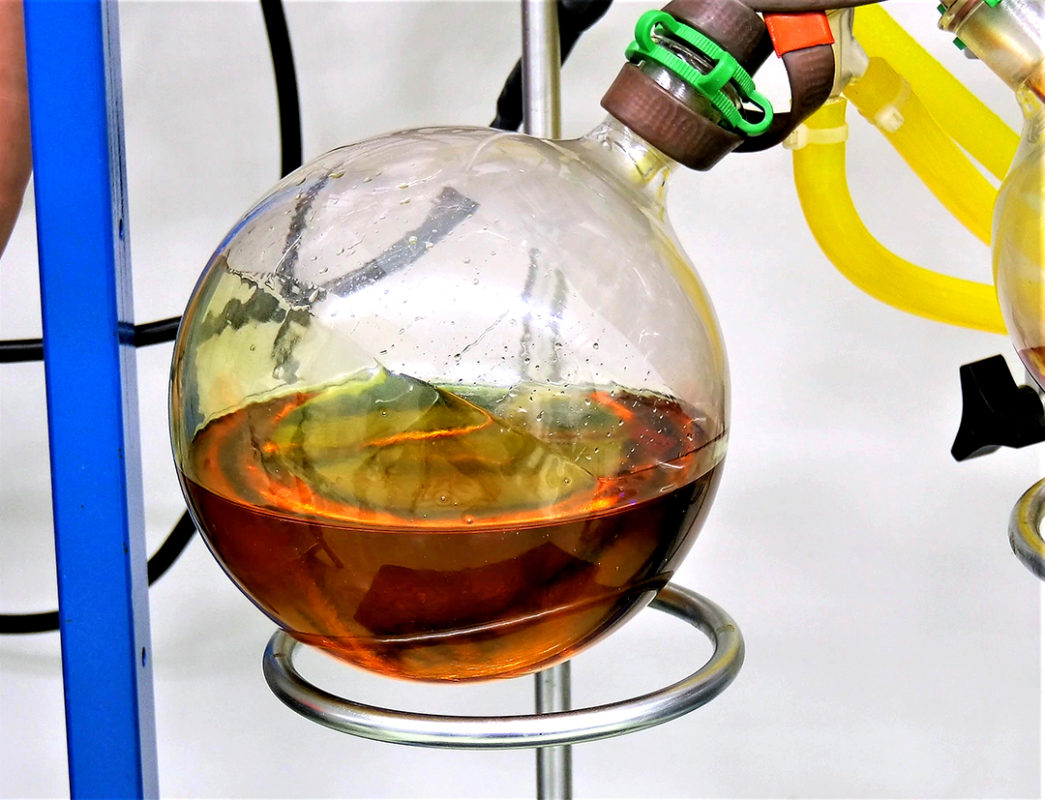
Benefits of Using THC Oil
When a person uses a THC oil pen, which is another term for a vaporizer, they can benefit in a number of ways. For example, cannabis and THC have been proven to have a range of health benefits. Some of these benefits include its ability to relieve symptoms such as nausea and vomiting in cancer patients receiving chemotherapy.
Research also shows that THC oil can help patients with neurodegenerative diseases and help people with Parkinson’s and Alzheimer’s disease. It is also known to relieve chronic pain.
Decarboxylation Makes The Oil Orally Active
The decarboxylation process takes place when THCA turns into a psychoactive THC. A psychoactive drug is a drug that changes brain chemistry and makes you feel high. Initially, cannabis is not psychoactive, but when you use the decarboxylation process, the plant turns into a psychoactive drug, and when mixed with heat, the effects reach their maximum potency.
Doing anything with consumables puts you at risk of causing botulism in your food and oils. Botulism is a rare poisoning caused by toxins produced by the bacteria Clostridium botulinum caused by improper handling of food. Botulism can be fatal and requires emergency medical attention.
The decarboxylation process has the added benefit of reducing the risk of botulism in oils and foods. If you don’t decarboxylate your cannabis properly, the moisture in cannabis will act as a breeding ground for botulism, meaning it will thrive in your tinctures, butter or oils. This is a very important step in the oil production process!
Cold Vegetable Glycerin Extraction
One method of extracting THC oil is called “cold vegetable glycerin extraction“, which takes longer than its counterparts. Yet it is much safer and more accessible. So in a way you have to weigh the pros and cons because safety should always be the core element of any task you undertake.
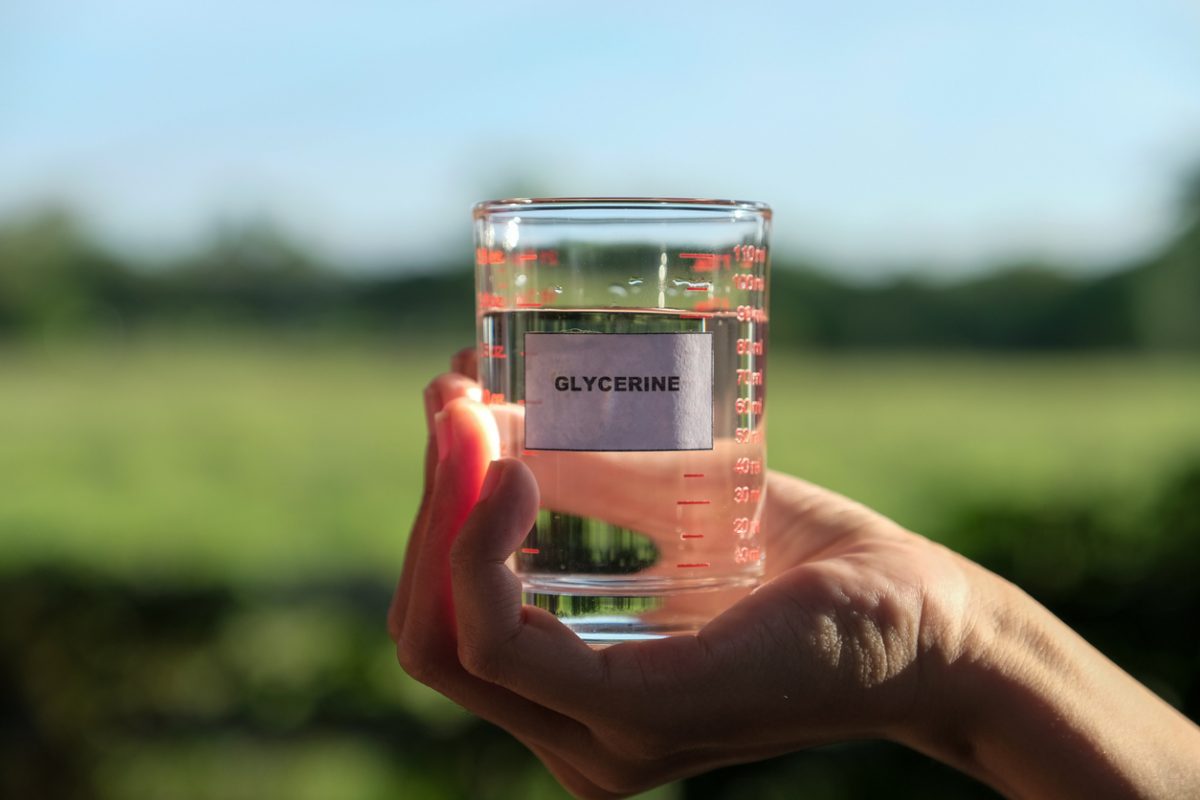
What is Vegetable Glycerin?
Vegetable glycerin is a clear, odorless liquid used in many industries. If you look at it from a chemical perspective, glycerin forms the backbone of fats called triglycerides. Vegetable glycerin is made by taking triglycerides from vegetable sources and then breaking them down. Some well-known sources of triglycerides are coconut oil, palm oil and soybean oil.
An extraction with vegetable glycerin is usually slightly sweeter, but the disadvantages are that it does not contain as many phytocannabinoids and has a shorter shelf life than alcohol.
There are two methods of extracting THC when using vegetable glycerin, and the only variations are cooking time and temperature.
Cold Extraction of Glycerin
One method that takes the most time is “cold glycerin extraction”. This process can take 60 to 120 days. Despite a long period, it gives the best results. When using the heat method, the quality of the product decreases because the heat evaporates the terpenoids and aromatics.
Cold extraction of glycerin is by far the easiest and most tasty way to make glycerin tincture. To extract cold, simply soak the plant material in glycerin at room temperature and shake it for sixty days or more. The only way to prepare cold glycerin tincture is to fill a jar two-thirds full with vegetable matter, ensure it is lightly compacted, and then cover it with glycerin, stirring the mixture with a wooden spoon. Make sure that you cover the entire surface and that the mixture is homogeneous.
Then add another inch of glycerin. Place the jars in a dark and cool place, or you can also cover them to prevent light from penetrating. The best method is to wrap the jars in aluminum foil to make sure no light gets through. Make sure to shake the jars regularly every day using one of the methods listed above. Towards the end, filter the plant material to obtain a light golden to dark amber tincture of glycerin, this is when it is of the best quality and tastiest.
Hot Glycerin Extraction
The shorter vegetable glycerin extraction method involves almost the same steps as mentioned above. However, this process involves heating the cannabis/VG mixture to dramatically speed up the process. Remember that when you apply heat, you lose quality in the result.
This shorter method involves mixing the raw cannabis flower into the VG, just like the first method. Instead of letting it sit for weeks, boil the liquid mixture in an oil bath to dramatically speed up the diffusion process. This process turns a normal 2-month process into a 3-4 hour process, so it’s very useful if you’re short on time.
This method starts with breaking the raw cannabis buds by hand and then tossing them into a heat-resistant glass jar. Pour the VG into the jar to saturate the buds, then stir with a wooden spoon to coat everything well. Then you put them in an oil bath until the mixture is at 82°C. 45 minutes.
Then let the mixture cool. Then start sifting the cannabis/VG mixture through a sieve. Filtering your mix is considered your first and most powerful run. You will then need to use a rubber spatula to squeeze the liquid from the clumped buds through the colander and into a clean jar. Then repeat this process for a total of three cycles, then boil the refined THC liquid in your 104°C oil bath for about 30 minutes to completely decarboxylate the THCA to THC, and you’re done!
For maximum effects and flavour, let it sit for 15-20 minutes after adding the THC e-liquid to the vape cartridge before starting to vape. Giving it a little time to harden will allow the wick to fully absorb the e-liquid.
Mix The Resin With The Vape Solution
Another extraction method is to use resin mixed with a vape solution. Of all the processes, this is the best and most preferred for making THC oil for vape pens as it is considered to be the highest quality, potent and flavorful. It is also the safest and fastest method.
You can speed up the process even further by using ready-to-use THC concentrates such as Hash, Shatter or BHO wax if you don’t have the tools to squeeze out your resin. Buying weed online at any medical store nearby
This method requires you to squeeze your raw cannabis buds through your resin press or straightener. I know it sounds weird, but straighteners are great for this method! The two will create the resin wax which you will then add to your vape solution and then heat them up a bit to mix the two.
When using a hair straightener, the best temperature is between 120 and 140 °C. With some hair straighteners it can be difficult to determine the correct temperature, so to adjust the heat accordingly, you can use a spare thermometer in case you are sure it reaches the correct temperature.
To do this, place the herb in parchment paper, fold it and press it down with the straightener for about 5 seconds. Then set it aside to cool and repeat until you have about 0.5 grams of resin. Now remove the THC from the paper by placing it in the freezer for a minute and then removing the resin. Freezing helps to free it from the paper.
Then mix it with medical terpenes or other vape solutions in a glass bottle and heat it until you get the golden e-liquid you want.
All these methods of making THC oil vape juice are relatively simple and safe. It allows you to make your own juice to fill disposable carts or even use it in a reusable vape tank, making it an easy way to consume THC discreetly throughout the day. Alternatively, if you decide the idea of making your own THC oil isn’t right for you right now, head over to Premium Medical Marijuana Dispensary for all types of THC and other cannabis related products. Buy cannabis products from one of the most trusted online dispensary, Colorado dispensary shipping worldwide and Legit online dispensary shipping worldwide.
[gap height=”50px”]
[title text=”shop thc products” icon=”icon-shopping-bag”]
[ux_products auto_slide=”4000″ equalize_box=”true” cat=”2773″ products=”50″]

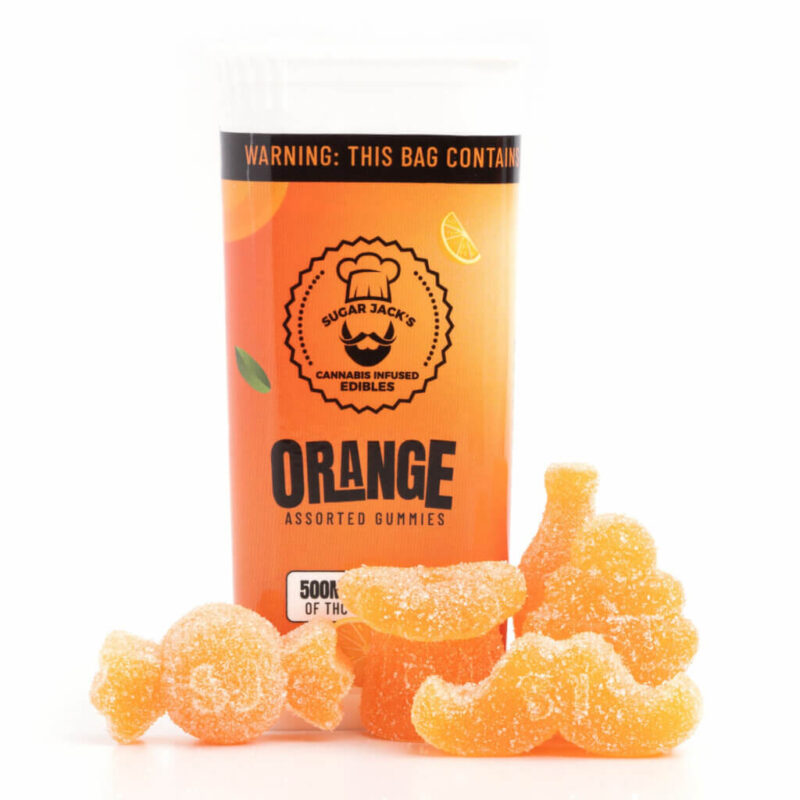
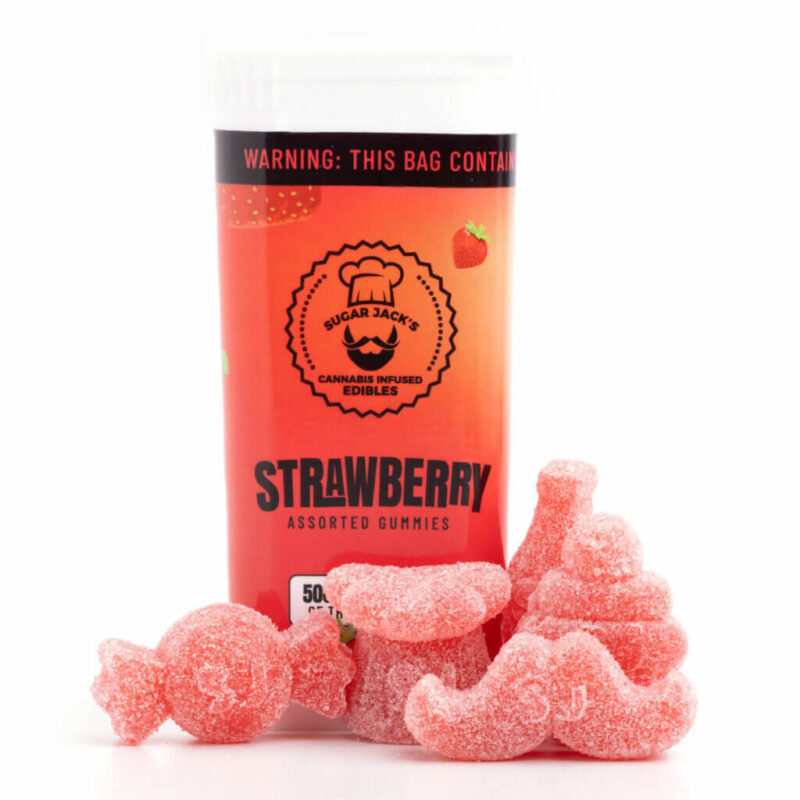
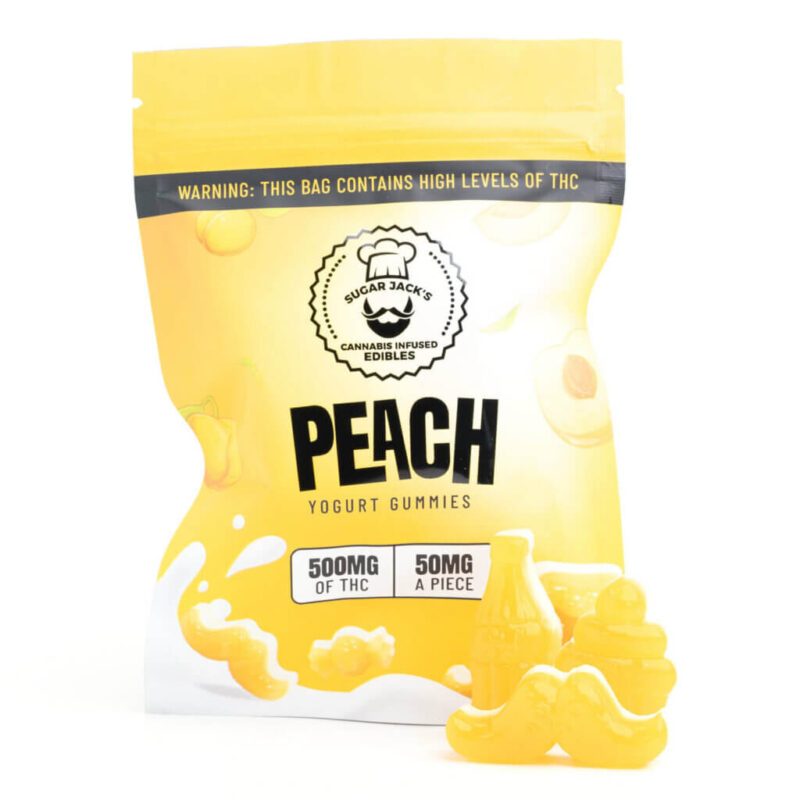
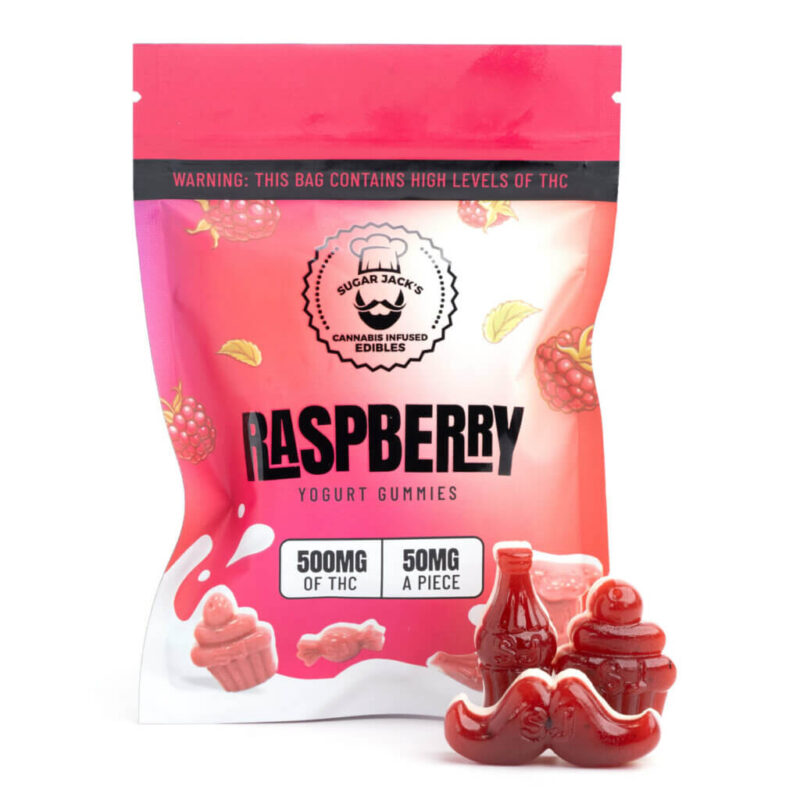
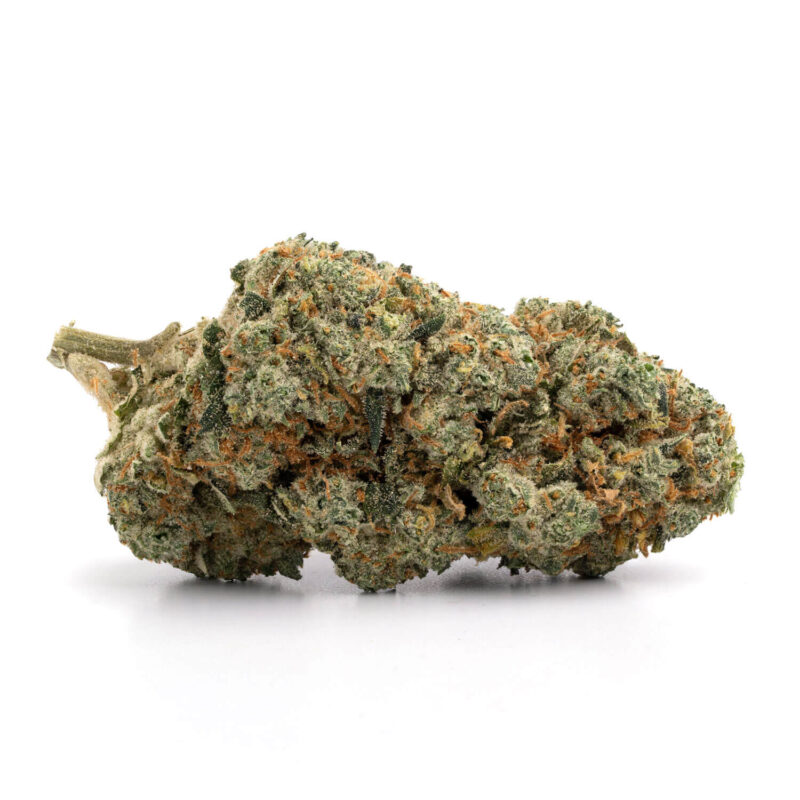
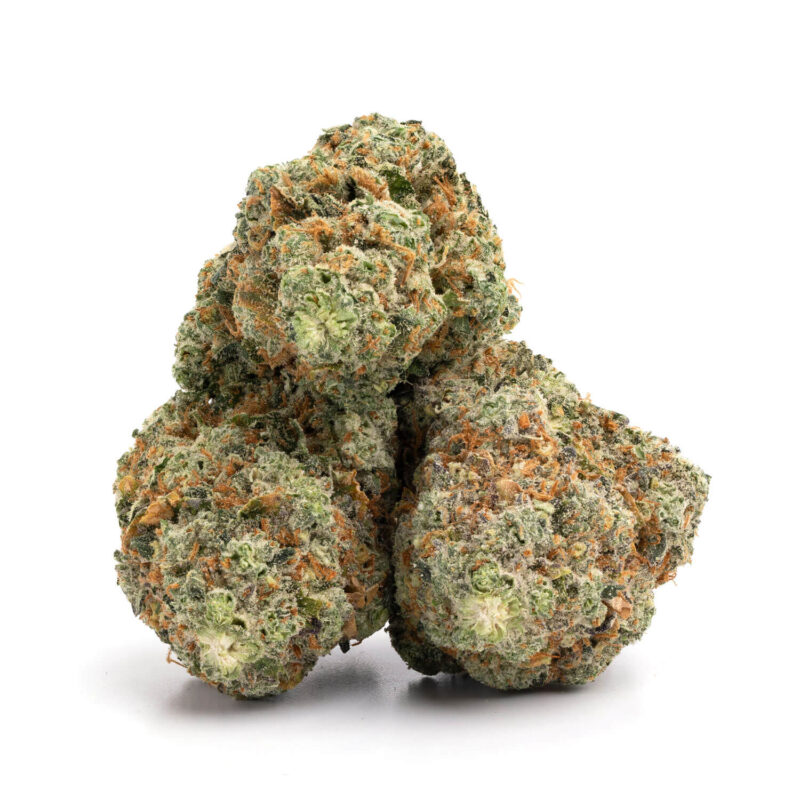
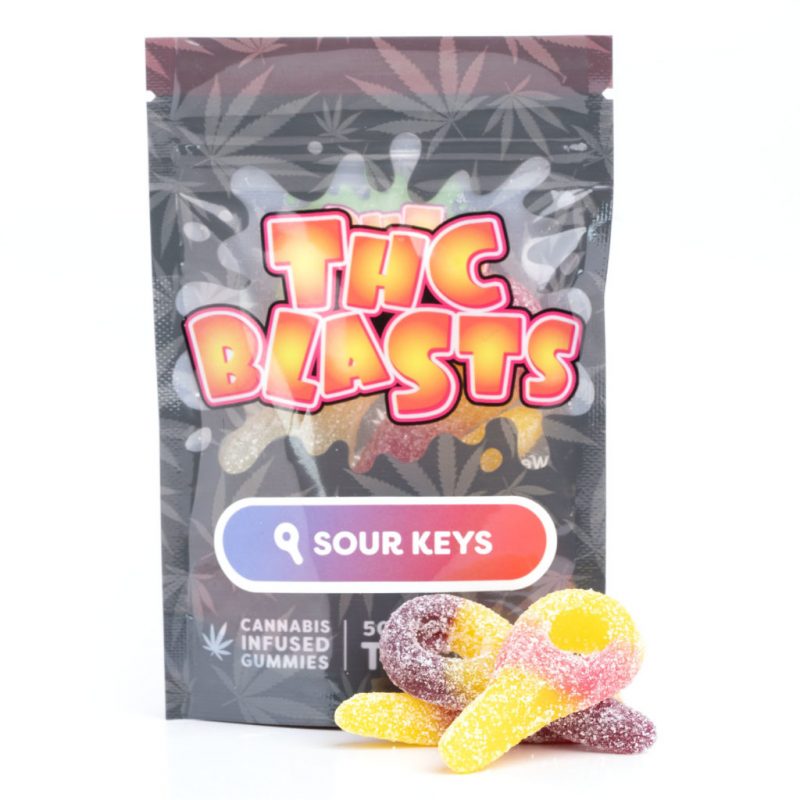
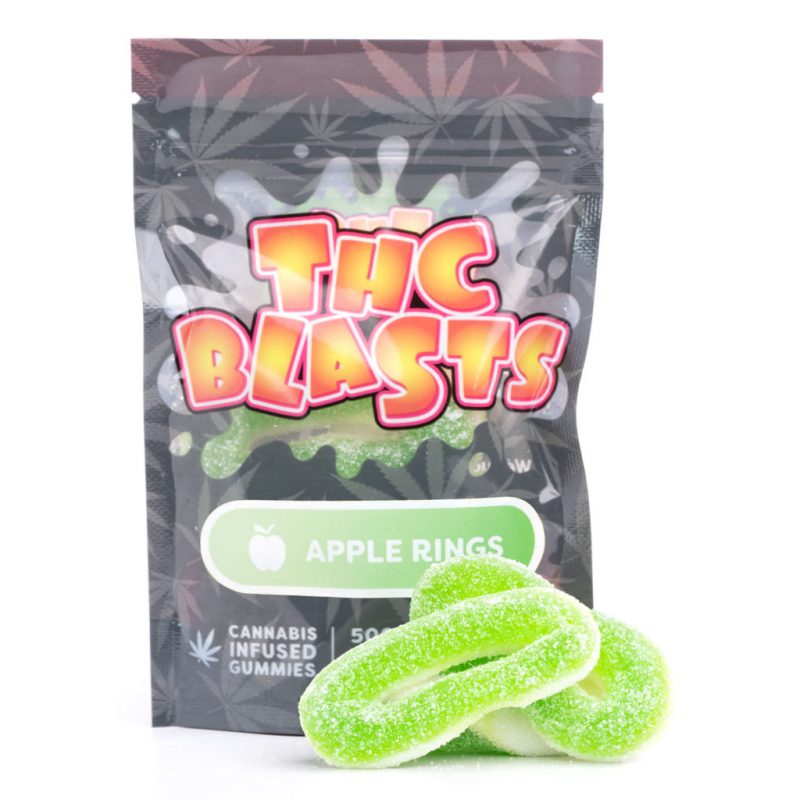
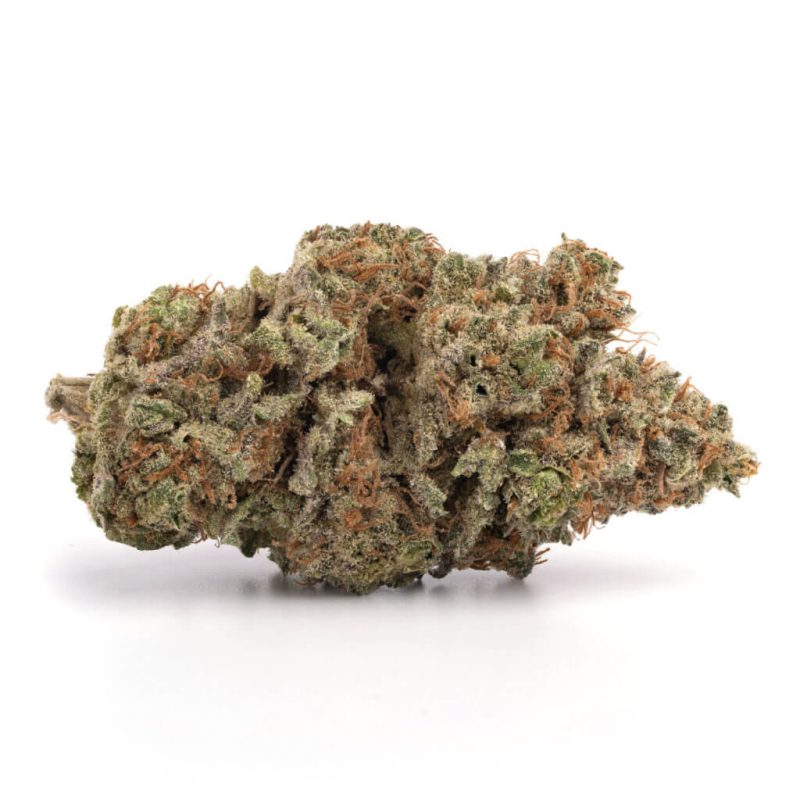
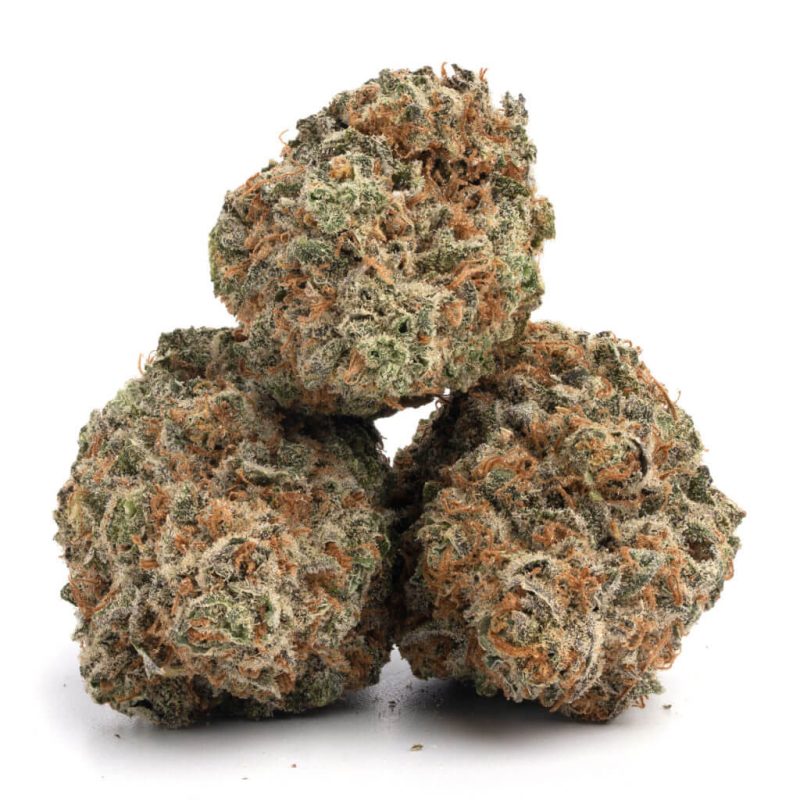
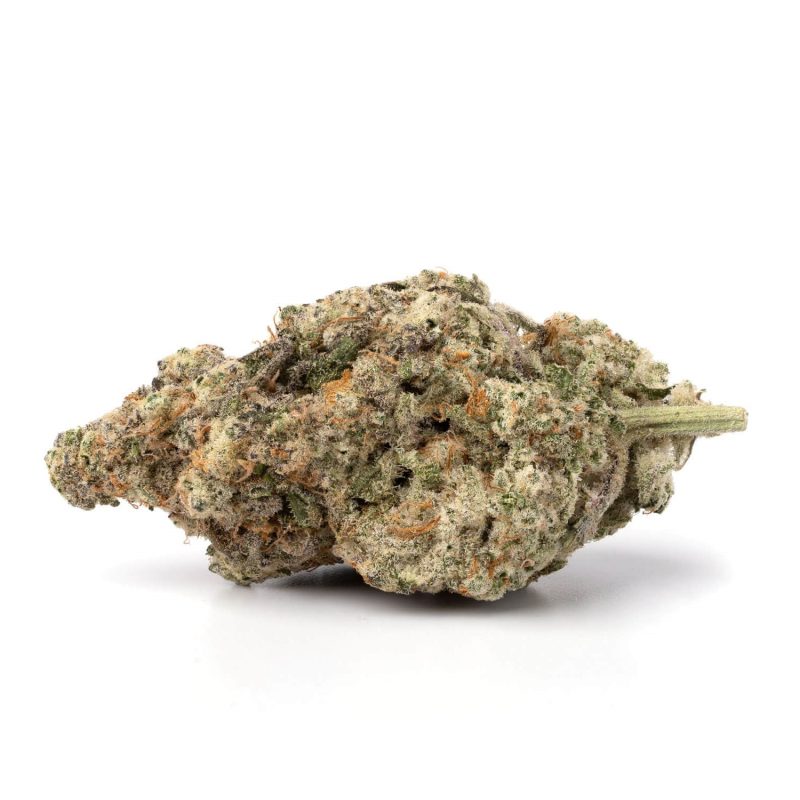
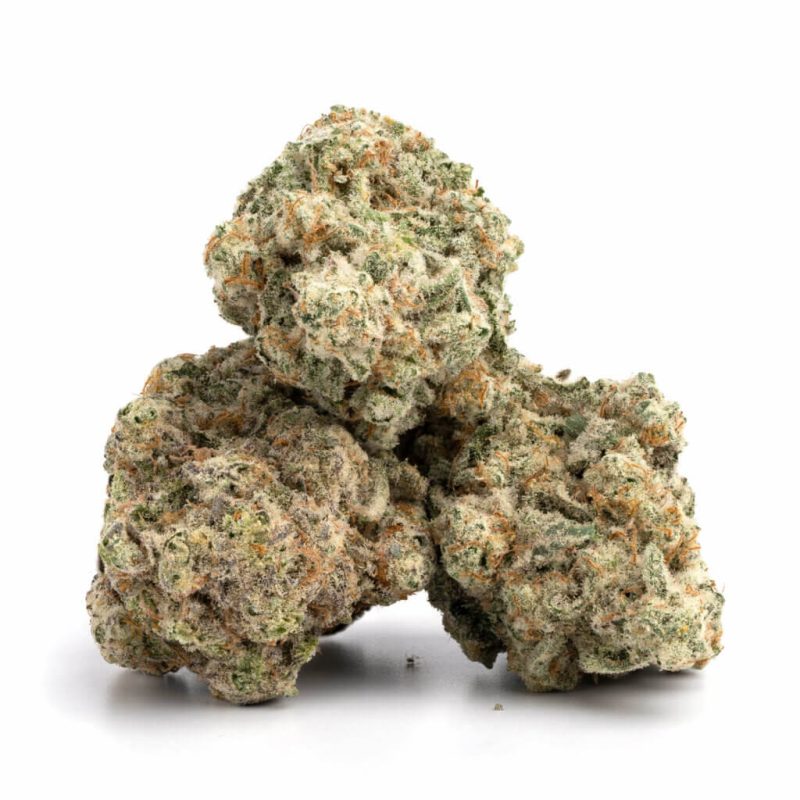
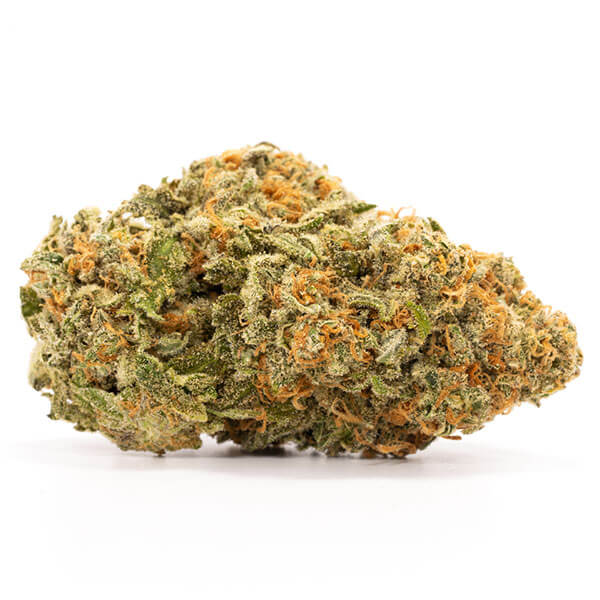
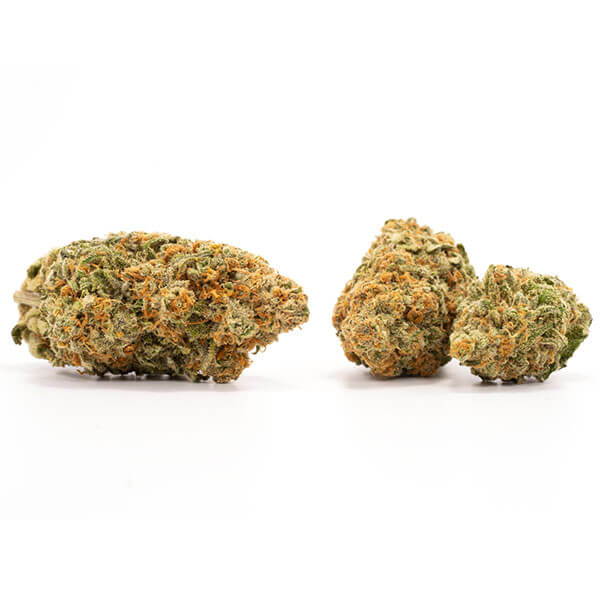
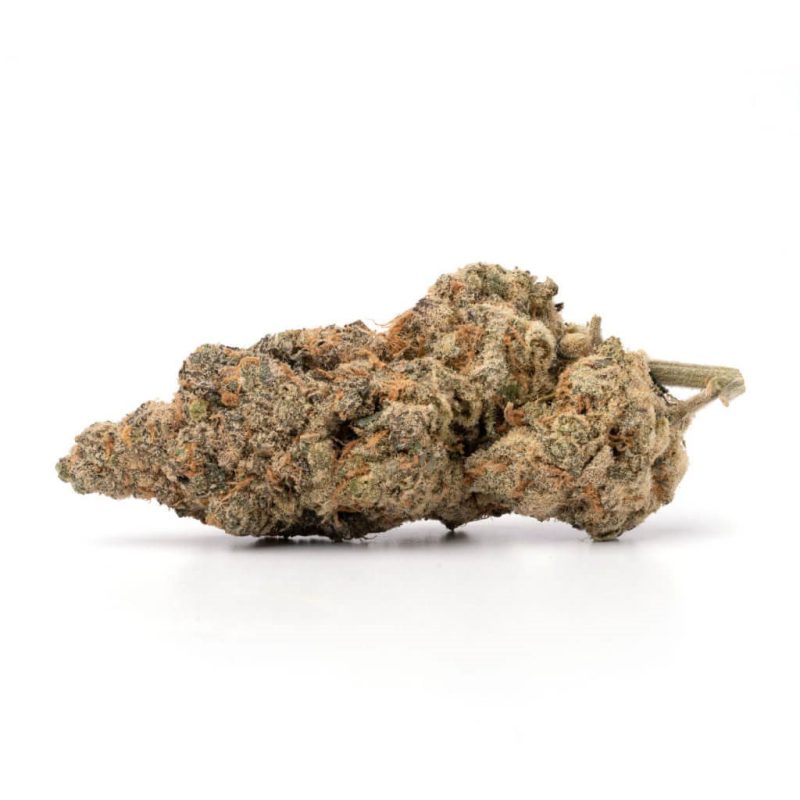
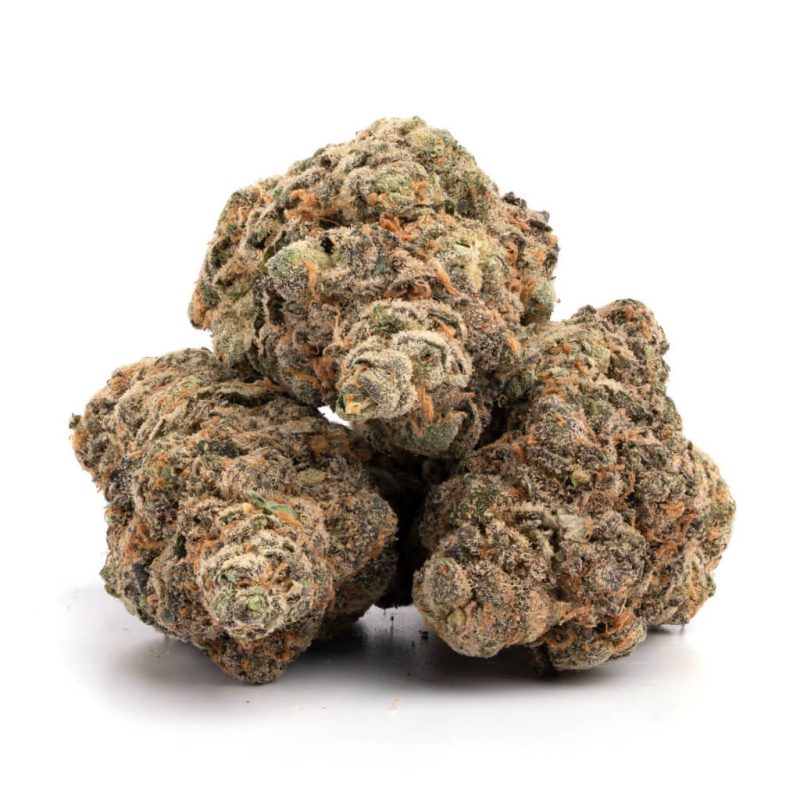
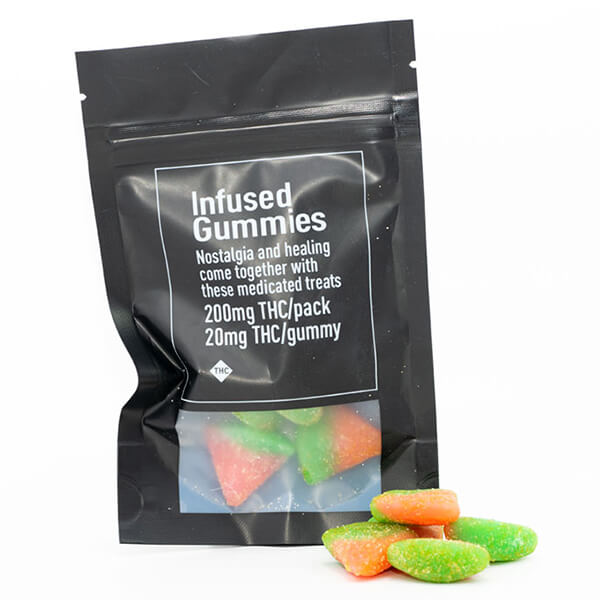
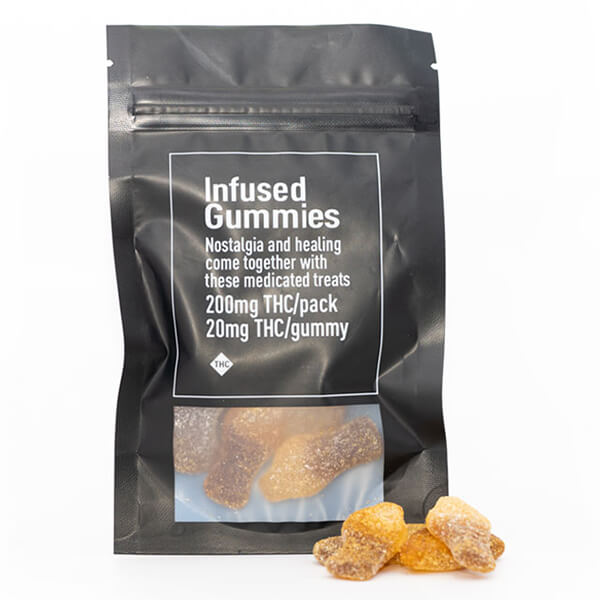
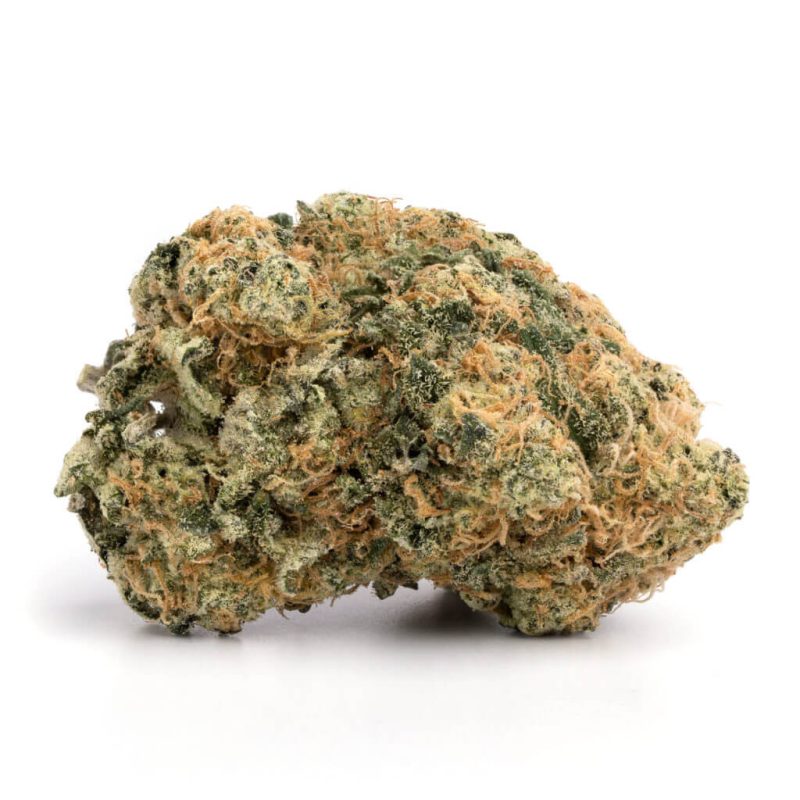
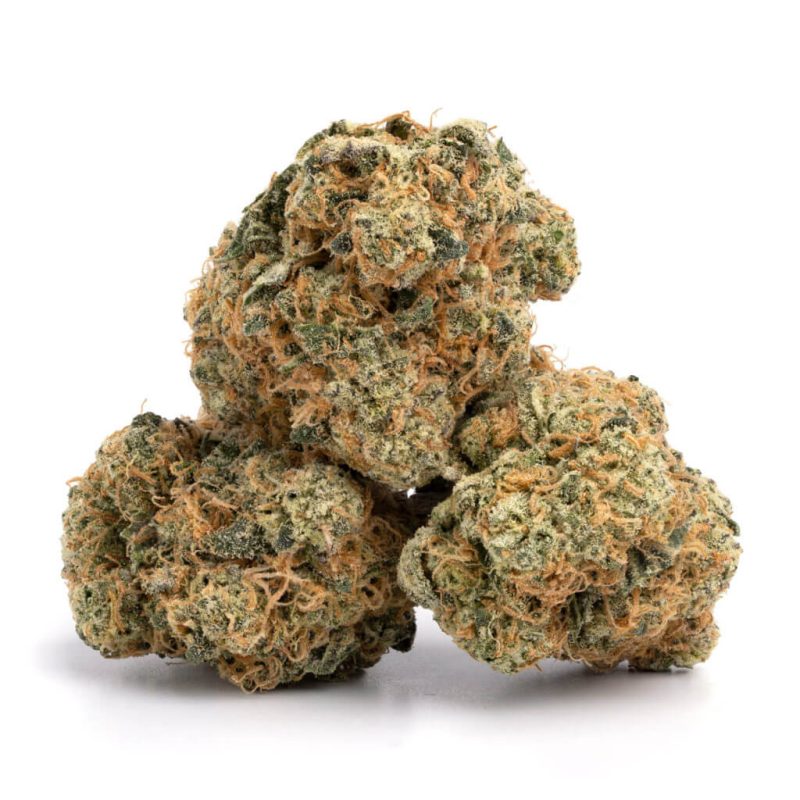
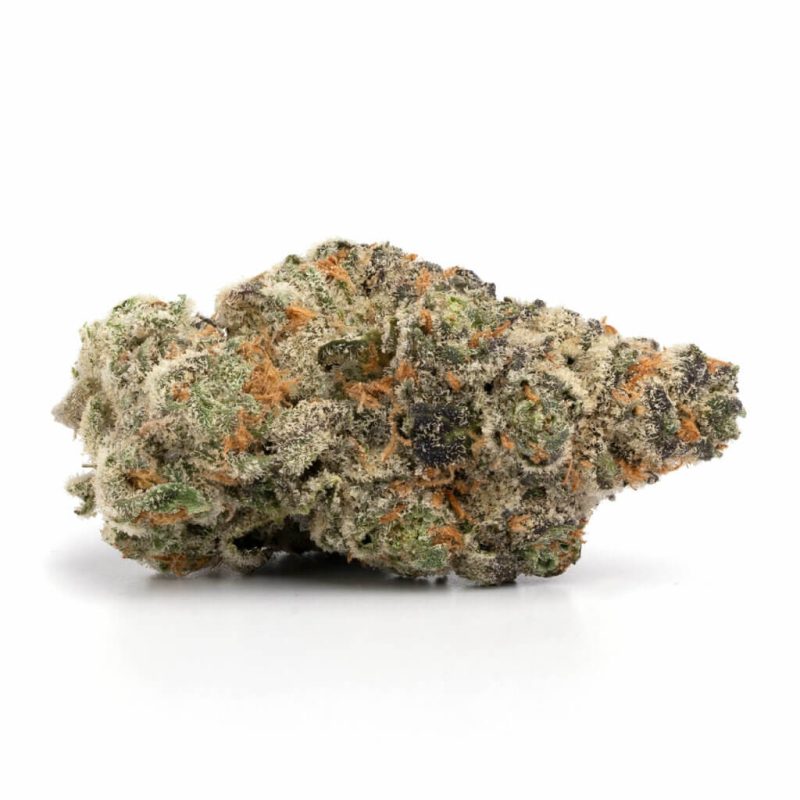
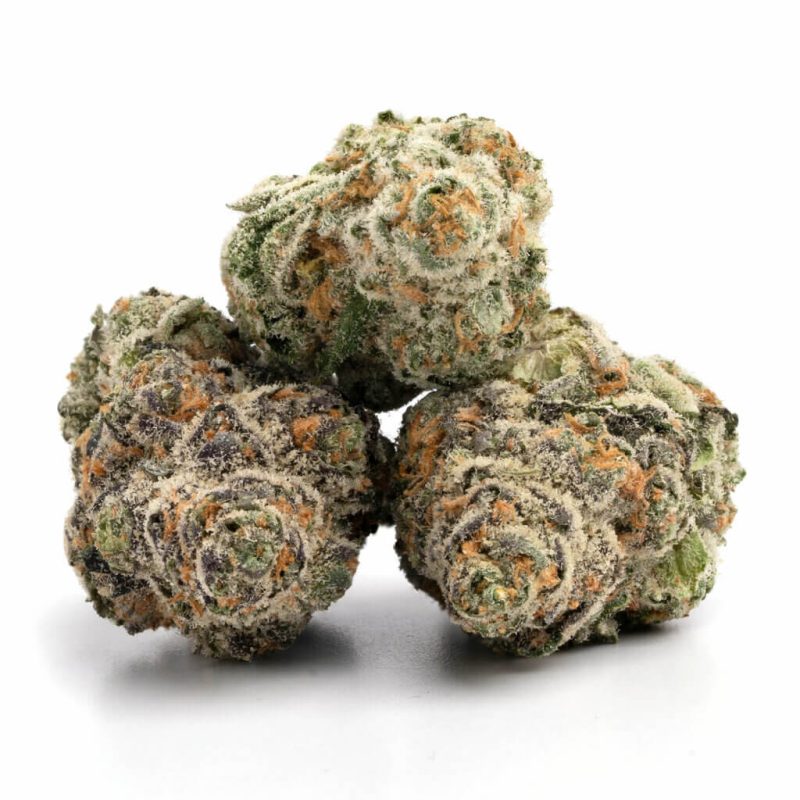
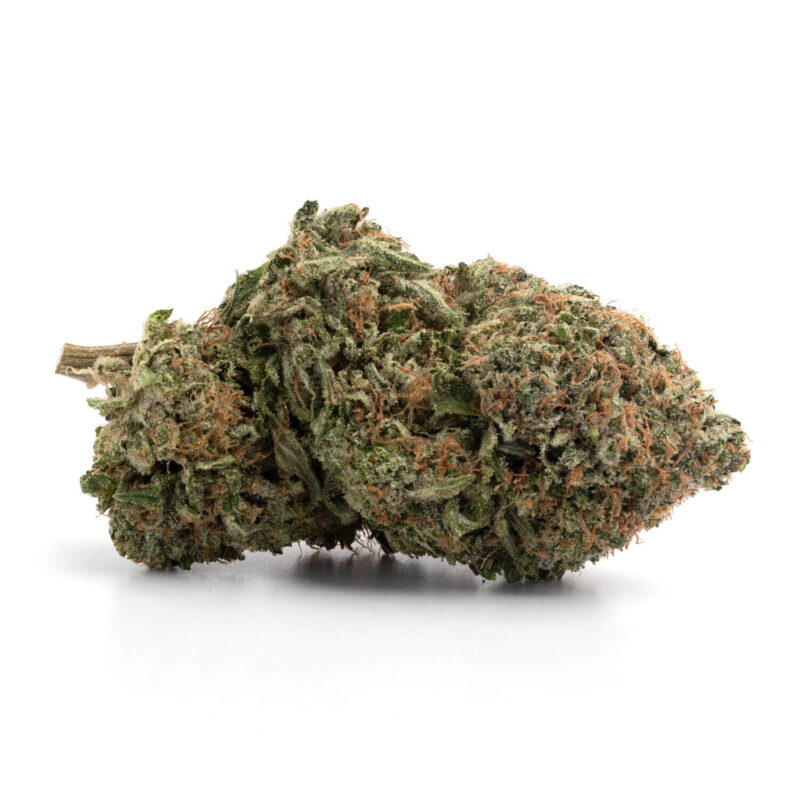

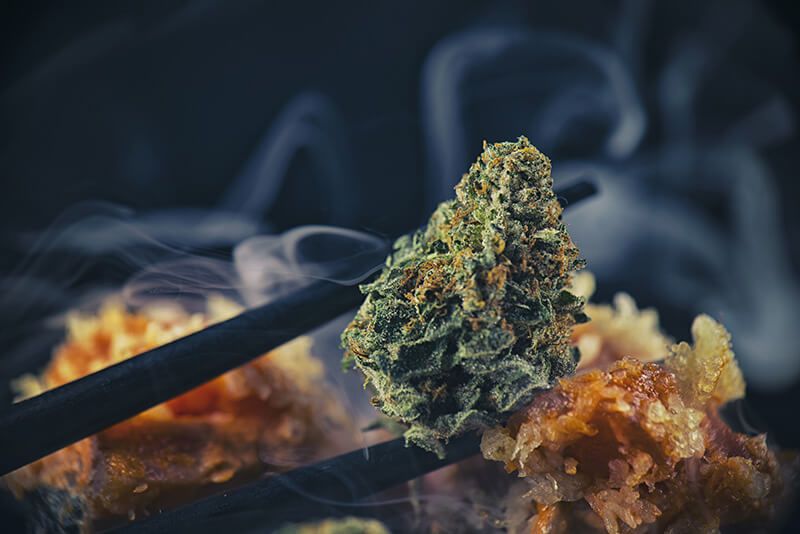
One thought on “HOW TO MAKE THC OIL”
Comments are closed.